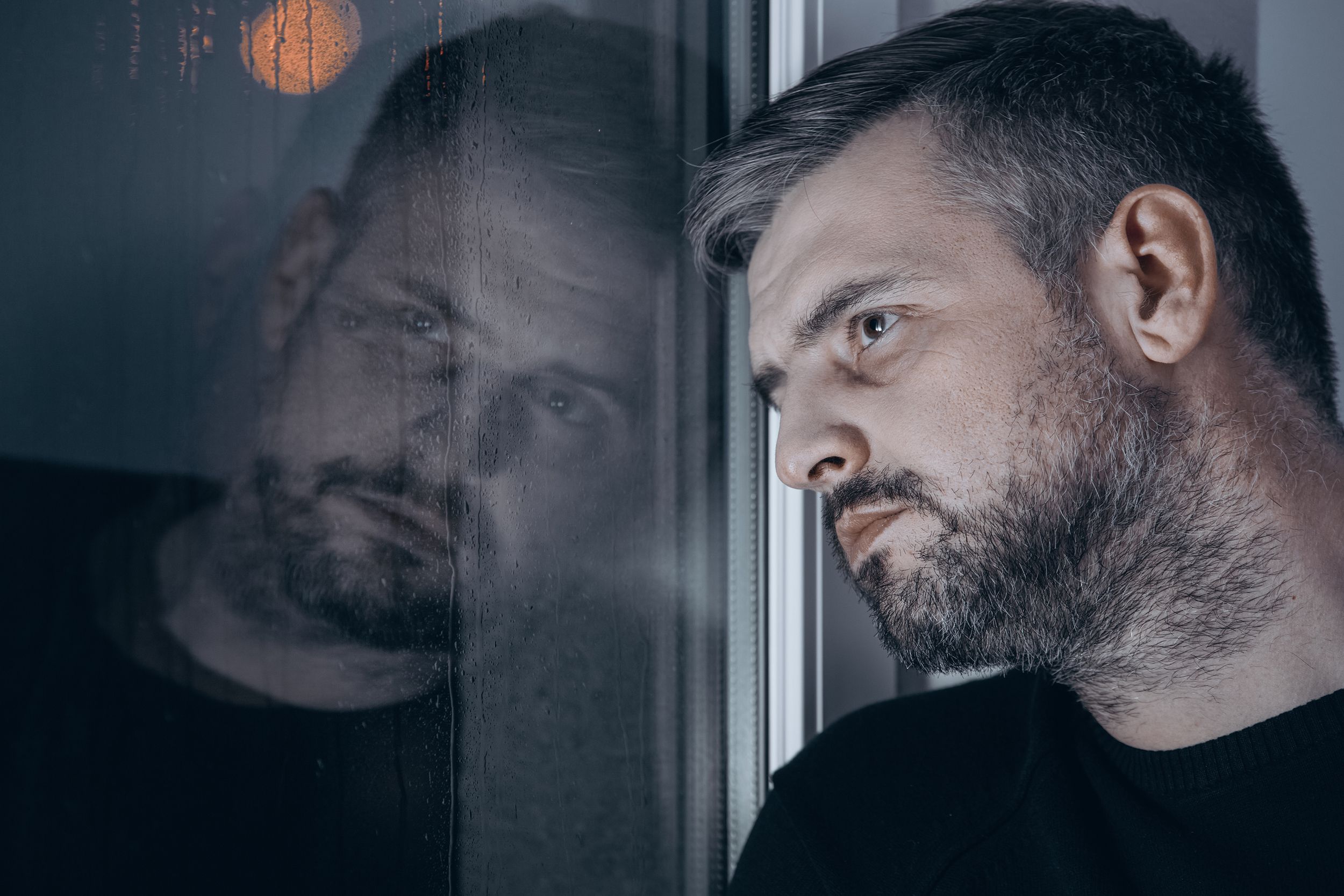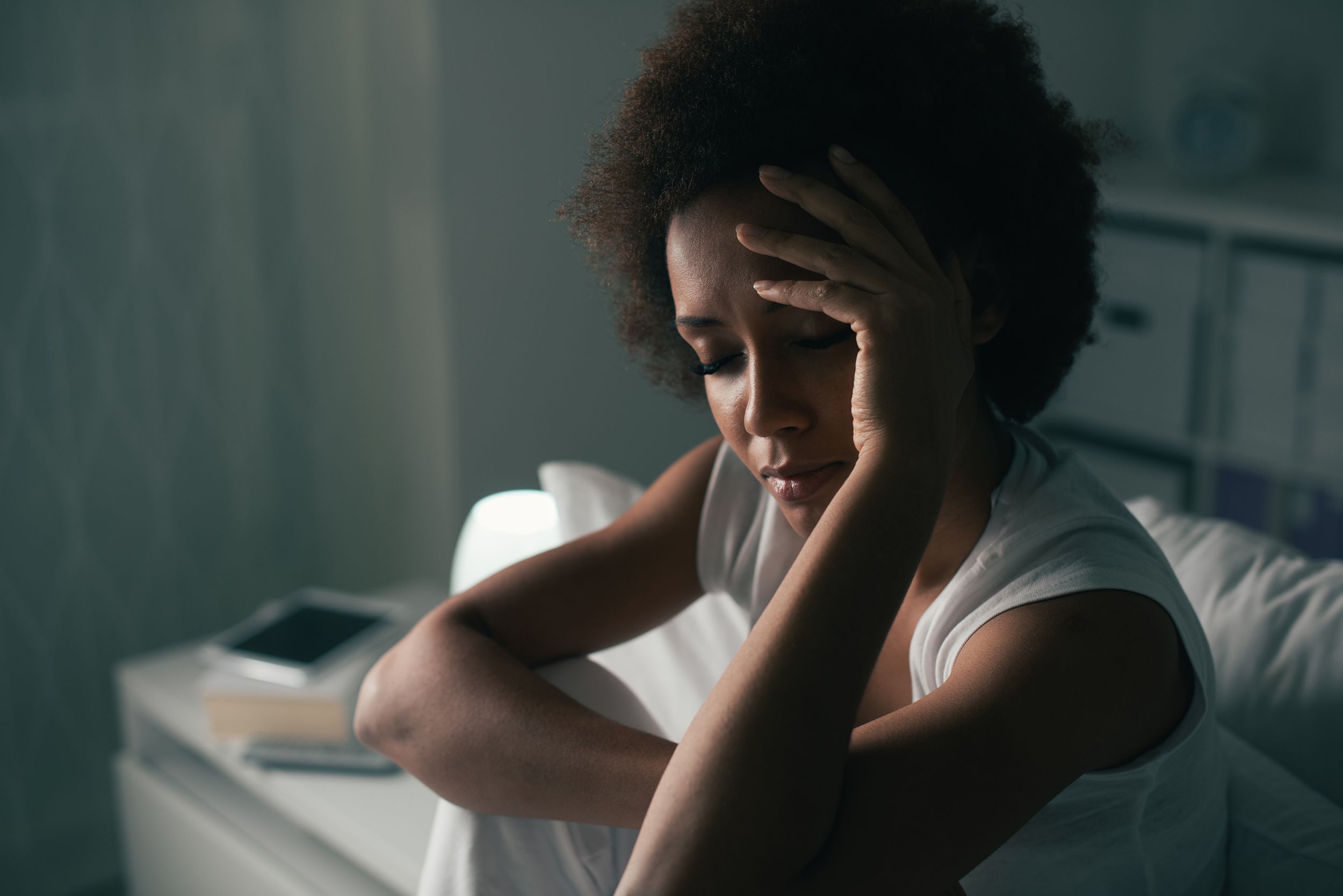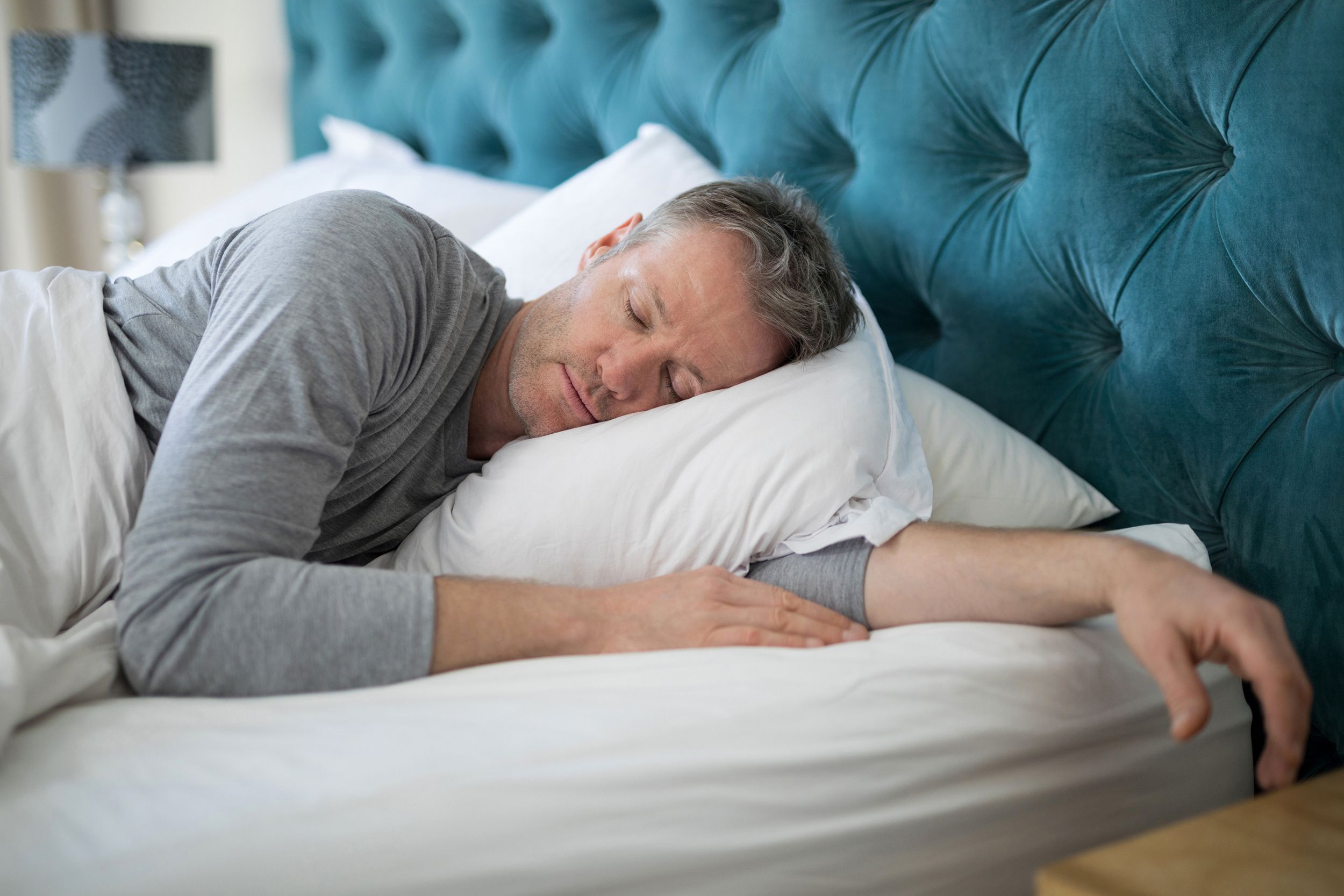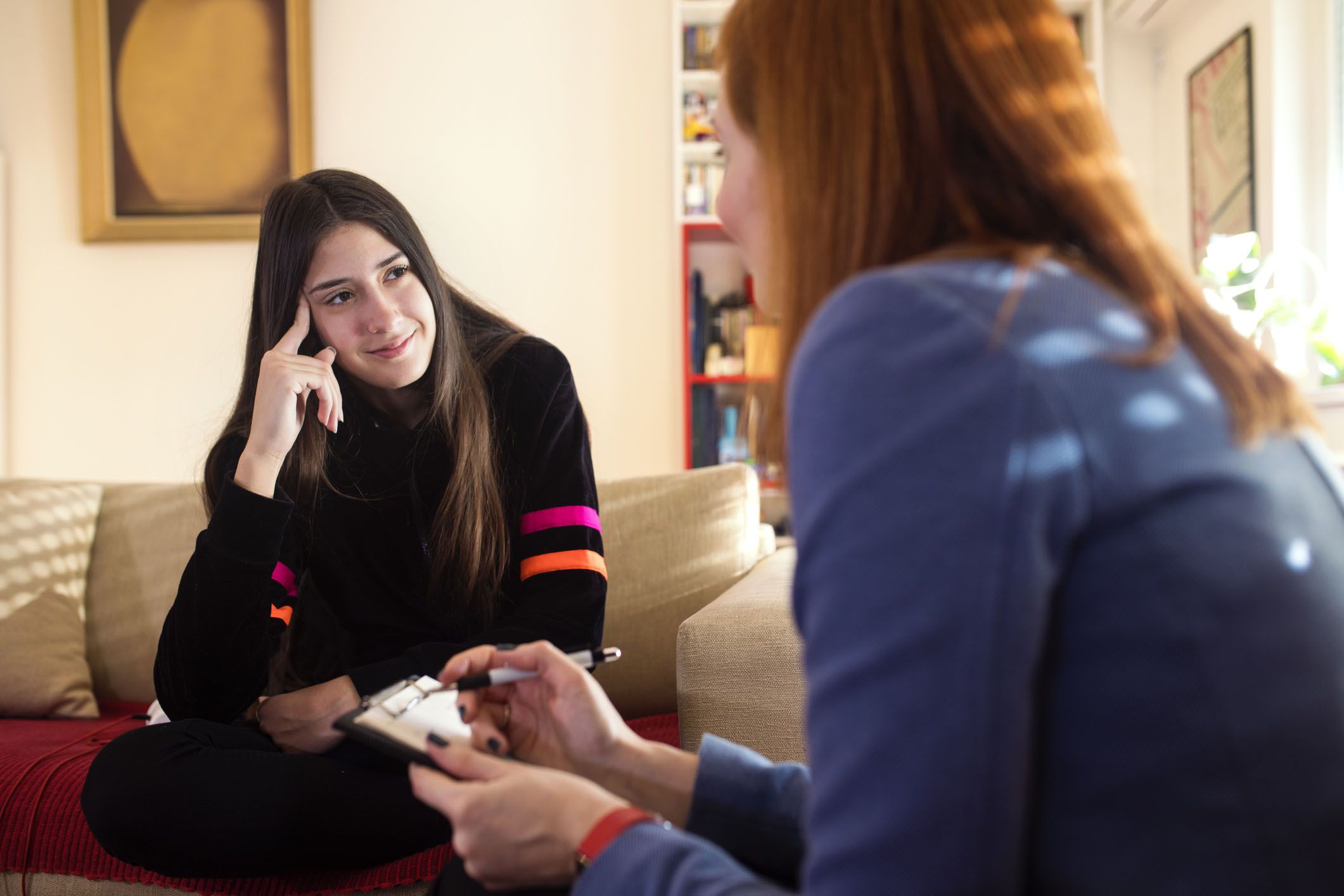If you have been noticing a drop in mood and lower energy levels lately, you are not alone. One in 5 people notice a consistent mood shift during the winter months of December, January, and February that negatively affects their physical and emotional health. Read on to find out what’s happening and what you can do about it.
Get Answers From an Expert

In the 1980s, a psychiatrist and researcher named Norman Rosenthal identified this pattern as a type of depressive disorder called Seasonal Affective Disorder, also known as SAD. He developed a test called the Seasonal Pattern Assessment Questionnaire (SPAQ), which is free and available to the public. Download it here.
SAD is diagnosed when there are consistent seasonally related episodes of clinical depression that include physical, psychological, and cognitive symptoms for a minimum of two consecutive years. These seasonal depressions are not caused by other factors, such as relational or occupational problems, and mood returns to its previous baseline once the season changes. The prevalence of SAD is four times greater in women than in men, and it usually emerges between the ages of 18 and 30.
Understand the Challenge

These are symptoms that go far beyond a mild post-holiday deflation. SAD symptoms include depressed mood, fatigue, a heavy sensation in limbs, increased need for sleep, more cravings for sugar and starches, increased weight gain, sadness, and social withdrawal.
For roughly 10 million Americans, SAD produces significant negative effects on their relationships, health and ability to perform in school or work, and 6 percent of patients with SAD receive inpatient treatment. For another group of people, from 10 percent to 20 percent of the American public, the negative effects are less intense although still problematic.
Related Factors

SAD can appear alone or in combination with other mental health issues, and many people diagnosed with SAD have family members who have depression, alcoholism, or bipolar disorder. Researchers are also examining the frequent correlation between SAD and hypothyroidism, vitamin D deficiencies, excessive melatonin production, and inadequate levels of serotonin, a neurotransmitter that regulates depression.
The Longest Night

The strongest association, however, is with the supply of daylight hours. The farther you are from the equator and the fewer daylight hours you enjoy, the greater the risk for SAD. In the northern hemisphere, the shortest day of the year is Dec. 21, and days slowly lengthen through January and February. Winter days are much shorter in Alaska than in Florida, and the incidence of SAD is nine times greater.
Summer Blues

The connection between SAD and daylight also explains why a subset of people with SAD have a pattern of seasonal mood change during the later spring and summer. In this variation, SAD presents as negative mood, increased agitation, anxiety, disrupted sleep, poor appetite, and irritability. The effect of increased sunlight produces this more activated version of depression rather than the more common winter depression and fatigue.
Trending on Cheapism
Light Up Your Life

If lack of daylight is the problem, then the solution appears simple: Increase exposure to light. Rosenthal reports that light exposure benefits 60 percent to 80 percent of people with SAD symptoms, but the quality of light is important. Typical indoor lighting is not strong enough to raise mood. Direct sun exposure is the best, providing both light and vitamin D.
The alternative is phototherapy, or light therapy, which involves the use of very bright indoor light to treat SAD. Devices such as light boxes or light visors emit roughly 10,000 lumens of bright white light. They are typically used early in the day for increments that can range from 20 to 90 minutes. In Scandinavia, there are even light rooms. Light therapy can be used on its own or in combination with other interventions.
Too Much of a Good Thing

While devices such as lightboxes are available without a prescription, there are important reasons to consult your physician before exploring this method. The amount of recommended exposure varies widely, and the mood effects can be very powerful. Your physician will also want to rule out other factors, such as anemia or thyroid issues, that can cause your symptoms.
Phototherapy is not recommended for people who have migraines or macular degeneration. There are also negative mood effects, such as irritability or increased impulsivity, that can result from light therapy, and it can cause manic episodes in those with bipolar disorder.
Out of the Shadows

If you have moderate SAD symptoms, here are other light-related recommendations to consider:
– Wake up at dawn in order to maximize your exposure to natural light.
– Take a morning walk since light early in the day maintains your circadian rhythm.
– Take lunch breaks and other breaks outside as much as weather permits.
– If you live in an apartment with little exposure to light, consider relocating to one with significant exposure to natural light.
– If you are a homeowner, spend the bulk of your time in the most sun-lit room.
– At work, move your desk or workstation next to a window for maximal access to light.
– Spend winter vacation times in sunny destinations.
Sign up for our newsletter
Get Physical

Another effective intervention for SAD is exercise. Exercise has positive effects on the neurotransmitter serotonin, and on cells in the specific areas of the brain related to emotional regulation and mood. Exercise also reduces the level of stress-related hormones, such as cortisol and adrenaline.
High intensity exercise, meaning activity that increases heart rate, produces an endorphin release that reduces pain and induces a calm and relaxed mood. Even lower intensity exercise, such as raking leaves, promotes the growth of new neurons that improve brain functions.
Exercise is Powerful Medicine

In studies, patients with mild to moderate symptoms of depression similar to SAD who regularly exercised 30-40 minutes three or more times per week experienced beneficial outcomes comparable to those of antidepressant medications. Exercise avoids many of the issues related to the costs and the side effects of antidepressants. In addition, relapses in depressive symptoms are less likely when clients maintain exercise as a part of their normal routine.
Get Unstuck

The challenge for people with SAD is to find the motivation and energy level for exercise. Here are some ideas to break through the inertia:
– Start exercising before seasonal mood shifts are likely.
– Find an activity or set of activities you enjoy and can maintain over time.
– Plan the activities into your calendar and treat them like other appointments.
– Have the appropriate shoes and clothing on hand and ready to go.
– Attend an exercise class if you do not have the energy to design your own routine.
– Plan to meet a friend for exercise for the social, as well as physical, benefits.
– Skip the expensive equipment or gym memberships. Exercise can be as simple as meeting a friend or neighbor for a brisk walk.
– Exercise in the morning. You begin your day with a sense of accomplishment and avoid activating your body at night.
When Sleep is the Problem

Sleep routines are often affected by SAD. Increased fatigue results in sleeping beyond the necessary eight hours and produces drowsiness in the late afternoon and early evening. Yet over-sleeping increases lethargy and irritability, and naps often disrupt restful sleep at night. Too much sleep also means reduced activity levels and increased probability of weight gain.
The Right Rest

The priority is to establish good sleep routines.
These include:
– Sleeping 7 to 8 hours per night.
– Maintaining a consistent pattern of bedtime and waking.
– Resisting the impulse to sleep in on weekends.
– Turning on lights immediately upon waking to stimulate your circadian rhythm.
– Avoiding napping. If you get sleepy during the day, stand up, engage in some activity for several minutes and take deep breaths to get oxygen to your brain.
– Minimizing use of caffeine after mid-day.
– Reducing alcohol use, especially in the evening, since alcohol impairs sleep quality.
– Avoiding the snooze button on your alarm clock because it rewards later and later rising times.
Find the Right Foods and Supplements

Nutritional factors can help reduce the effects of SAD. Diets that includes nuts, fatty fish (such as salmon), and dark green vegetables ensure a steady supply of nutrients for mental health. Minimizing sugar and desserts will also help to reduce the weight gain that many experience with SAD.
Some people also take extra vitamin D supplements to counter the reduced exposure to sunlight, and there are additional mood benefits that can result from taking vitamin B and Omega-3 supplements.
Consult an Expert

If your symptoms of SAD do not respond to these interventions, it is time to consult with a physician or mental health professional. Psychotherapy addresses the disruptive effects of SAD by building a good set of tools to help you cope with seasonal mood effects. Antidepressant medications, particularly those that affect serotonin and dopamine, also assist people with SAD. Given that SAD is a recurrent seasonal challenge, it is worth the time, money and commitment to ensure that your life is comfortable and manageable 365 days per year.
Carol Povenmire, Ph.D., is a licensed psychologist with a practice in Pasadena, California.






